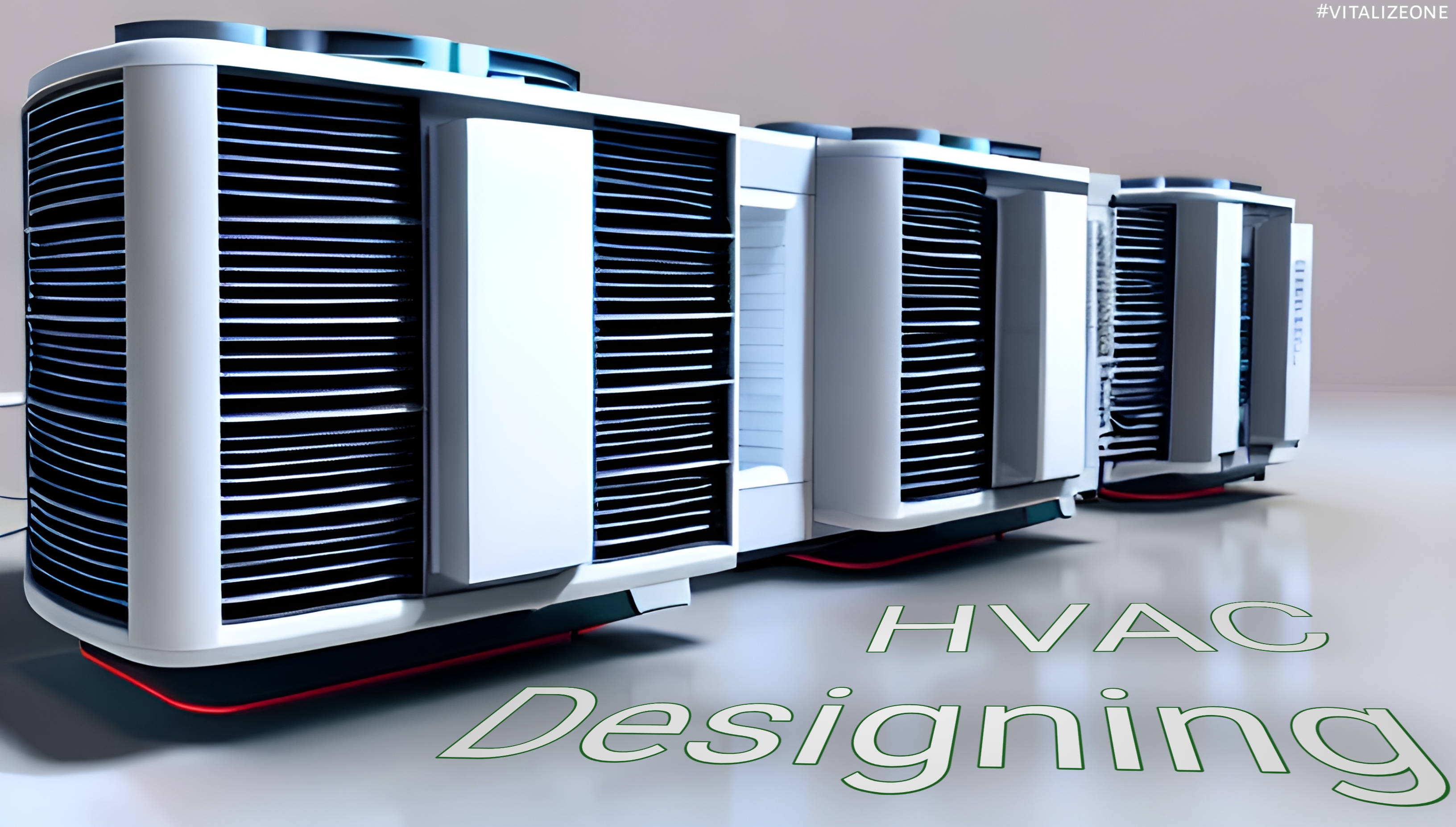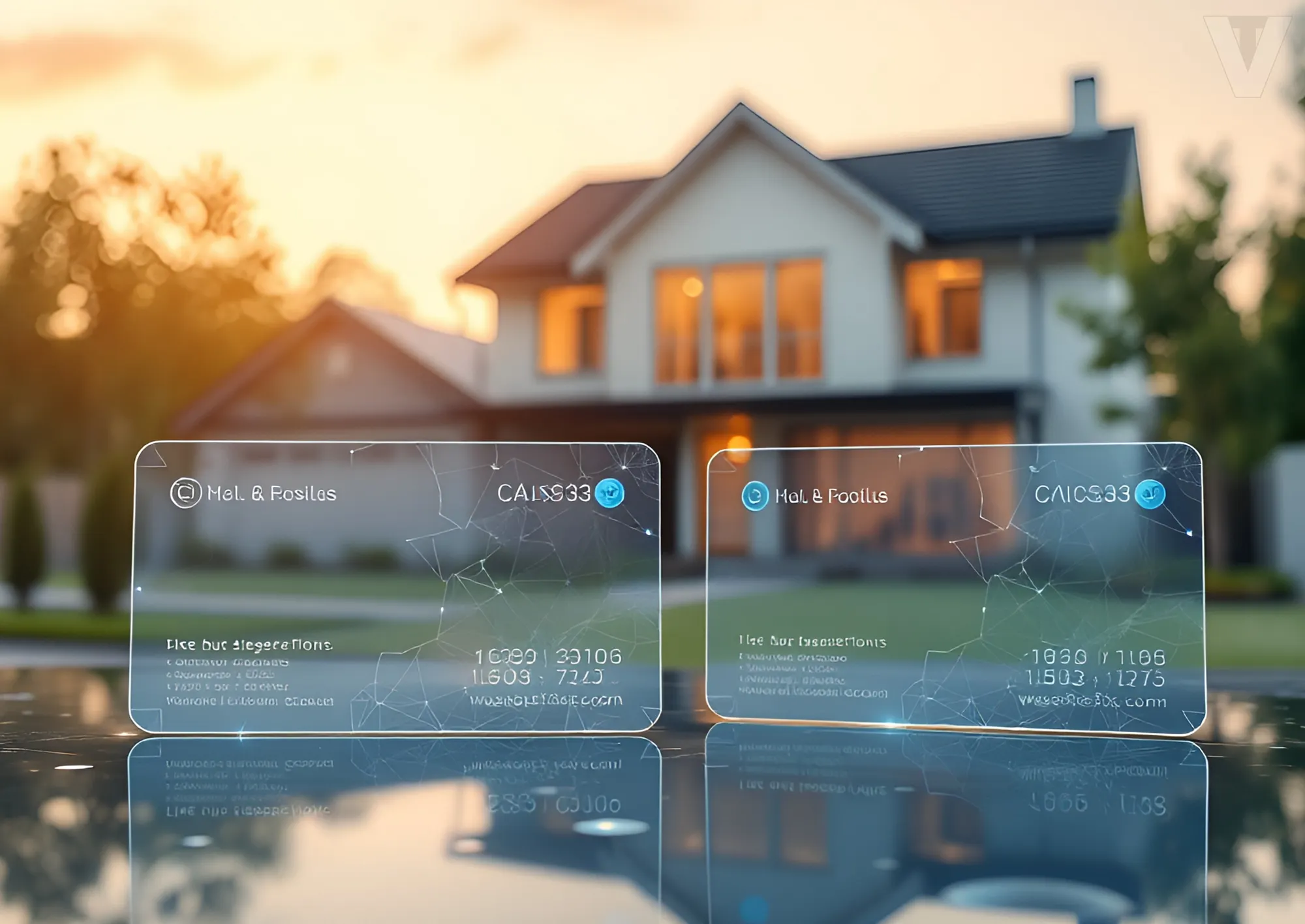|
Getting your Trinity Audio player ready...
|
With the rising urgency to address climate change, the building sector faces a crucial challenge: to reduce its carbon footprint and transition toward sustainable practices. In this context, net-zero buildings offer a powerful solution.
These structures are designed to eliminate their carbon emissions by balancing energy consumption with renewable energy generation, thus supporting sustainable development and helping meet global climate goals.
Constructing and maintaining carbon-neutral buildings not only helps mitigate climate change but also improves energy efficiency, lowers operating costs, and enhances property value in the long term. As climate concerns intensify, net-zero buildings are gaining traction as a practical approach to curbing the built environment’s environmental impact.

A Closer Look at Net-Zero Buildings
Net-zero buildings are designed to produce as much energy as they consume on an annual basis, resulting in zero net carbon emissions. This is achieved by incorporating energy-efficient design, renewable energy systems, and advanced building technologies.
The goal is to minimize a building’s energy demand and use on-site or off-site renewable energy sources to meet that demand. These buildings also consider the carbon footprint associated with construction materials and processes, known as embodied carbon.
Reducing both operational and embodied carbon is critical to achieving true net-zero status. Operational carbon refers to the emissions generated during a building’s use, such as from heating, cooling, and lighting, while embodied carbon accounts for emissions produced during the construction process and the production of building materials. Addressing both aspects ensures that the building is truly sustainable over its entire lifecycle.
To track progress and verify net-zero performance, it is essential to obtain accurate data on carbon emissions. Advanced carbon tracking tools provide real-time data that helps monitor carbon output. Such data enables building managers and stakeholders to make informed decisions, optimize energy use, and ensure that buildings are meeting their net-zero goals.
Key Innovations in Net-Zero Design
Achieving net-zero carbon emissions in buildings requires innovative approaches to design, construction, and operation. These advancements transform how buildings reduce their environmental impact.
A. Energy-efficient architecture
Passive design techniques play a crucial role in reducing a building’s energy demand. These include maximizing natural light, using high-performance insulation to retain heat in winter and cool air in summer, and orienting buildings to take advantage of natural ventilation. Focusing on energy efficiency from the outset can significantly cut down on the need for artificial lighting, heating, and cooling.
B. Smart building technology
Automation systems enable buildings to run more efficiently by adjusting heating, ventilation, and lighting based on real-time occupancy and weather data. Smart thermostats, motion sensors, and automated shading systems ensure that energy is used only when necessary, reducing waste and optimizing comfort levels for occupants.
C. Sustainable materials
The selection of building materials has a direct impact on a structure’s embodied carbon. Net-zero buildings prioritize the use of low-carbon or recycled materials, such as reclaimed wood, recycled steel, or carbon-neutral concrete alternatives. These materials lower the building’s overall carbon footprint while contributing to a more circular and sustainable construction industry.

Integrating Renewable Energy Sources
Renewable energy is the backbone of net-zero buildings. By integrating systems such as solar panels, wind turbines, and geothermal heat pumps, these structures generate clean, renewable energy to meet their operational needs.
Solar panels can be installed on rooftops or facades to capture sunlight and convert it into electricity, while wind turbines can generate power in areas with suitable wind conditions. Geothermal systems use the earth’s consistent underground temperature to provide heating and cooling.
Additionally, on-site energy generation is key to achieving energy balance in net-zero buildings. Producing energy directly at the building site minimizes the reliance on fossil fuel-powered grids, reducing overall carbon emissions. In cases where on-site energy production is insufficient, net-zero buildings may also connect to off-site renewable energy sources to cover their energy needs.
Water and Energy Efficiency Strategies
Water conservation is another critical component of net-zero buildings. Reducing water usage conserves resources and decreases the energy required for water heating and treatment.
Incorporating water-saving strategies, such as rainwater harvesting, greywater recycling systems, and low-flow fixtures, can significantly cut back on water waste. Reusing water for irrigation or non-potable purposes also enables buildings to further enhance their sustainability.
In addition to water-saving measures, net-zero buildings often include energy storage systems, such as batteries, to store excess energy generated during peak production times. This stored energy can be used when renewable generation is low, ensuring that the building continues to operate efficiently without relying on external energy sources. These systems also help balance energy demand, making it easier to achieve and maintain net-zero status.
Retrofitting Existing Buildings
While net-zero design is often associated with new construction, existing buildings can also be retrofitted to meet net-zero standards. Retrofitting involves upgrading a building’s systems and materials to improve energy efficiency and integrate renewable energy sources. This process can include adding insulation, replacing inefficient windows, and installing renewable energy systems like solar panels or geothermal heating.
Several successful retrofit projects demonstrate how older buildings can be transformed into net-zero powerhouses. A notable example is the Empire State Building, which underwent a comprehensive retrofit to improve its energy efficiency by 38%. The project included window upgrades, modernization of the HVAC system, and enhanced insulation, all while maintaining the building’s historic character.
Steps to retrofitting include conducting an energy audit to identify areas for improvement, implementing energy-efficient technologies, and incorporating renewable energy systems. Retrofitting existing buildings reduces their carbon footprint and extends their operational life, aligning them with modern sustainability goals.

Conclusion
Net-zero buildings represent a vital shift in the way we approach building design, construction, and operation. With the strategies outlined above, these buildings can significantly reduce their environmental impact and help them achieve carbon neutrality.
As the world grapples with the challenges of climate change, the widespread adoption of net-zero building practices is essential to creating a more sustainable future. By embracing these innovations and strategies, the building sector can play a pivotal role in reducing global carbon emissions and helping meet ambitious climate targets.
Bash Sarmiento, a writer and educator based in Manila, specializes in crafting concise pieces across the realms of education, lifestyle, and health. His works reflect his academic background and wealth of experience in teaching, textbook evaluation, business management, and travel.
















